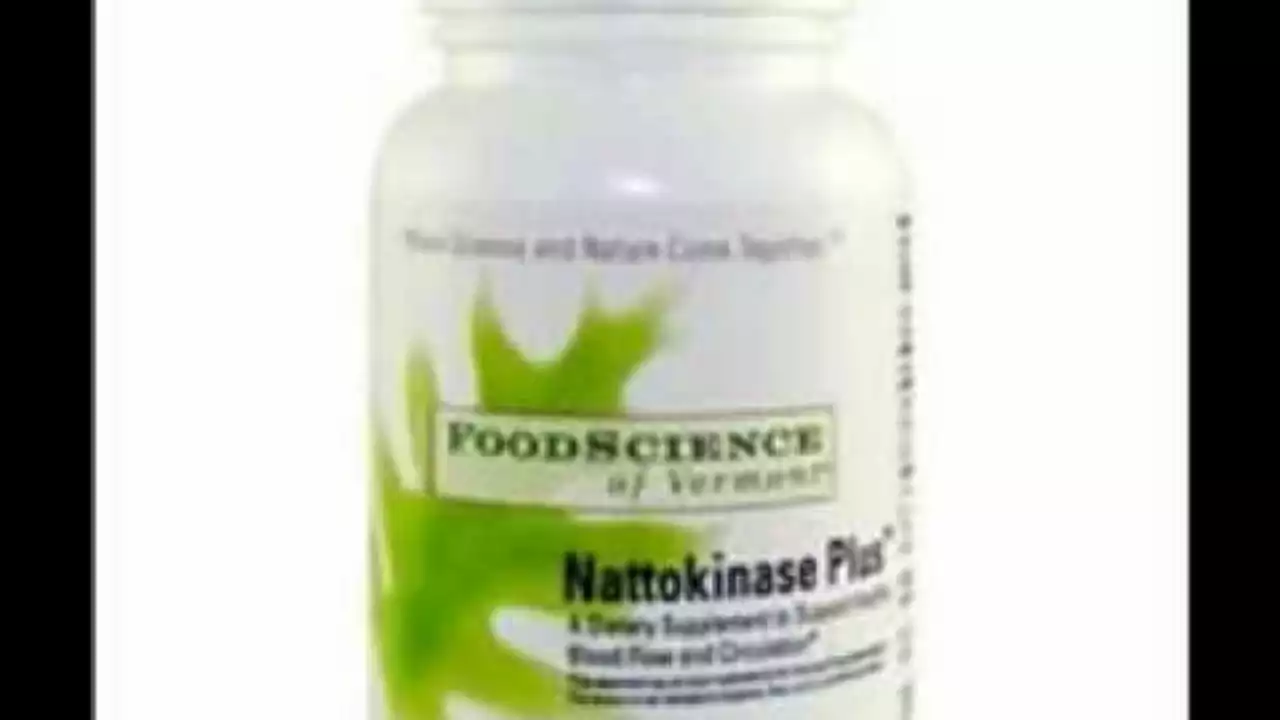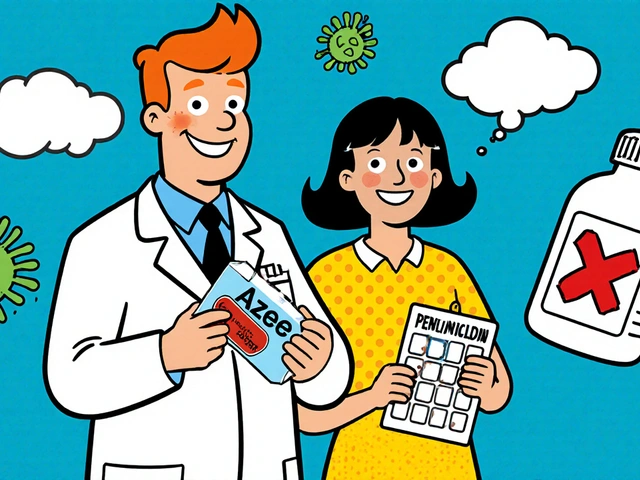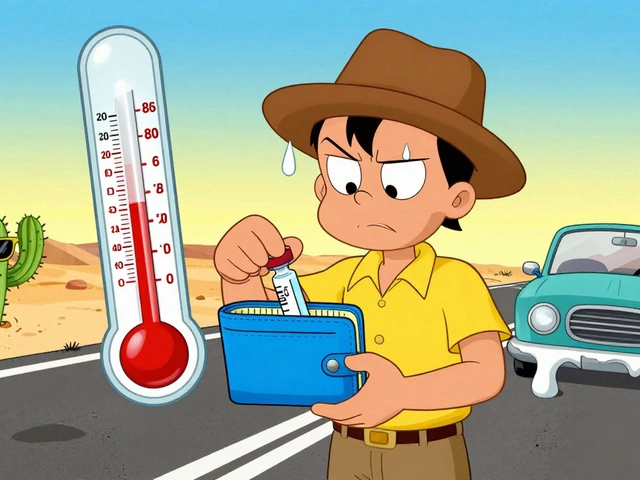Snake Skin: Causes and Practical Fixes for Scaly, Rough Skin
Ever noticed patchy, scaly skin that looks like snake scales? That texture can be annoying and sometimes painful. Below you’ll find clear reasons this happens, fast at-home steps to ease it, and when a doctor should check it out.
What causes snake-like, scaly skin?
Dry skin is the most common cause. Cold weather, hot showers, and harsh soaps strip oils and leave the surface rough. Other causes include eczema (atopic dermatitis), ichthyosis (a genetic tendency to very dry, scaly skin), keratosis pilaris (tiny bumps that can look scaly), fungal infections, and certain medications that dry the skin.
Sometimes the pattern matters: large plate-like scales suggest ichthyosis or sun damage, while red, itchy patches point to eczema or a fungal issue. If the scaling started after a new med, talk with your prescriber — some drugs can dry or peel the skin.
Fast fixes and daily care
Start with the basics: shorter, lukewarm showers and a gentle, fragrance-free cleanser. After showering, pat dry and immediately apply a thick moisturizer to lock in moisture. Look for creams with ceramides, glycerin, dimethicone, or petrolatum — these rebuild the skin barrier and hold water in.
For rough, scaly spots add a keratolytic product: 5–10% urea cream or low-concentration lactic acid will soften scales and make them shed more easily. Use these once a day at first. Avoid aggressive scrubs or harsh physical exfoliation; those can damage the skin and worsen scaling.
If bumps are oily or clogged, a product with a mild salicylic acid can help. Wear breathable fabrics, avoid overdressing, and keep humidity at home with a humidifier in dry months.
For faster relief overnight, apply a thick layer of emollient (petrolatum or a heavy ointment) to problem areas and cover with cotton clothing. Inflammation responds well to short courses of mild topical steroids, but only use them under a doctor’s guidance to avoid thinning the skin.
Thinking about retinoids like tretinoin or isotretinoin? These can help some skin conditions but often cause dryness and peeling at first. If you use a retinoid, pair it with good moisturizers and follow your prescriber’s instructions.
When to see a doctor: get medical help if scaling appears suddenly and spreads fast, if you have fever or pain, if the skin cracks and bleeds, or if over-the-counter care doesn’t help after two weeks. Children and pregnant people should check with a clinician sooner. A skin scraping, fungal test, or referral to a dermatologist may be needed to find the exact cause.
Simple daily care fixes most cases of snake-like skin. If your skin keeps flaring or you need prescription options, a doctor can tailor treatments like stronger keratolytics, medicated creams, or systemic therapy for genetic or widespread conditions. Small changes in routine often make a big difference.




